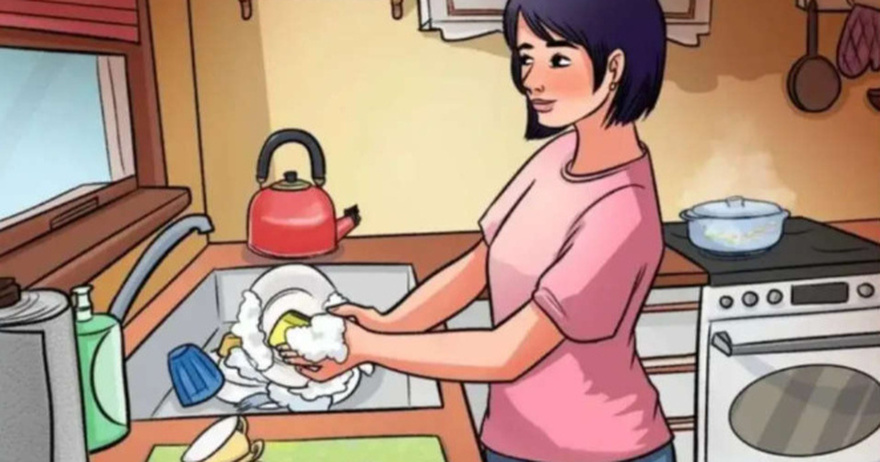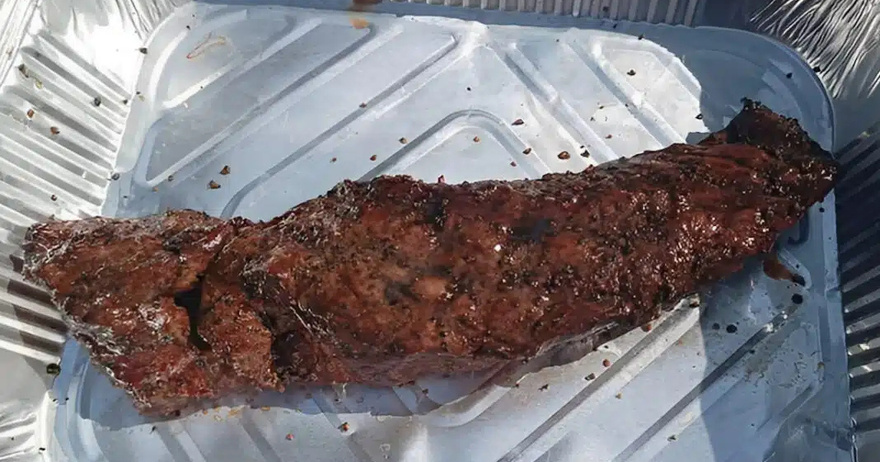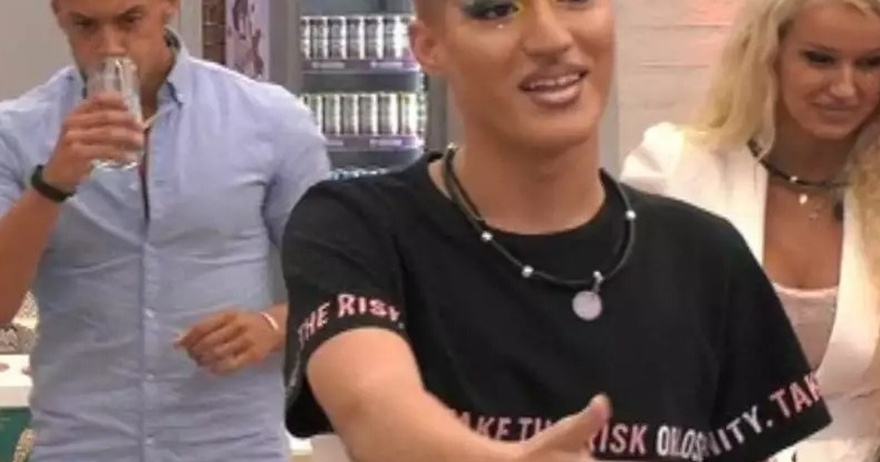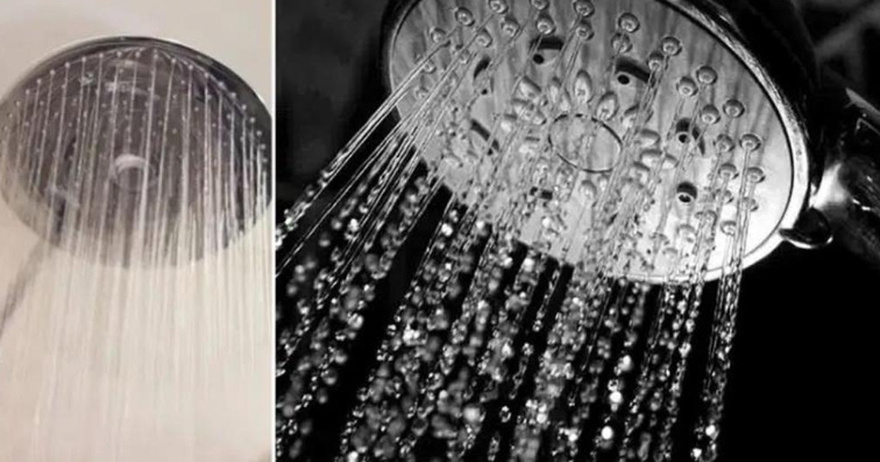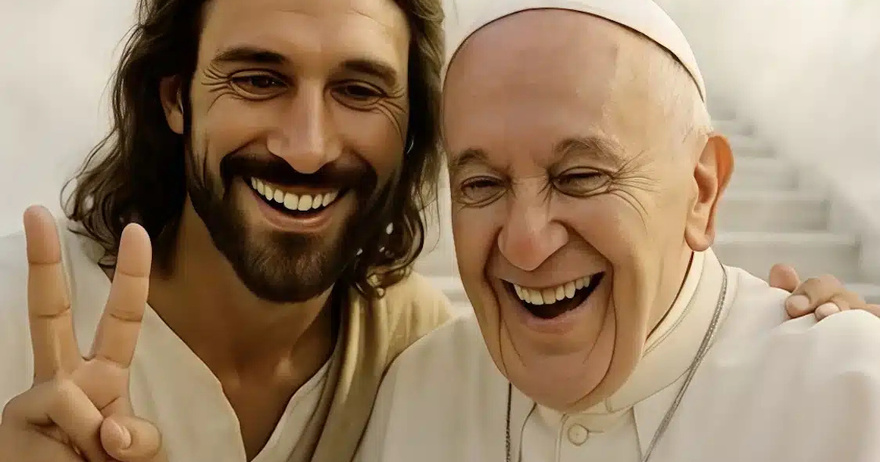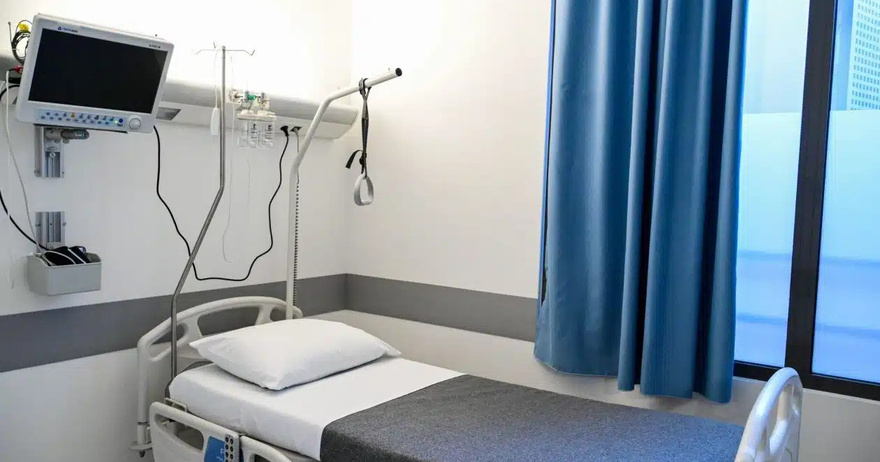Have you ever looked at an image and sensed something was a bit off, but couldn’t quite put your finger on it? Today, we’re exploring a fun visual puzzle that’s designed to challenge your attention to detail. The scene? A woman washing dishes in her kitchen, with everything seemingly in order—except for one subtle mistake. Think you’re sharp enough to spot the anomaly? Let’s dive in!
Why Visual Puzzles Like These Are So Tricky
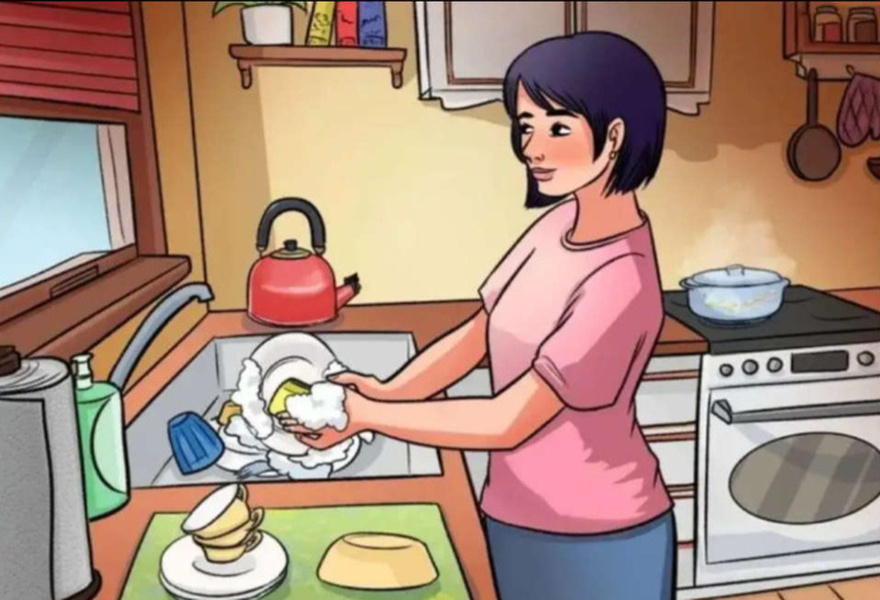
Visual puzzles are crafted to trick our brains by playing on our assumptions. When we look at familiar scenes, like a kitchen, our minds automatically place objects where we expect them to be. This “autopilot” thinking can make it tough to catch small, out-of-place details. In this image, where a woman is washing dishes, we see various kitchen items like a teapot, utensils, and dishes. At first glance, everything seems as it should be, but when you look closer, you might notice something that doesn’t align with real-world logic.
The truth is, our brains can sometimes overlook minor irregularities when they’re hidden in plain sight, especially if we’re accustomed to seeing certain objects in familiar settings. Let’s break down the steps to find this puzzle’s hidden error.
How to Approach and Solve the Visual Puzzle
1. Start with a Quick Scan of the Scene
The first step is simple: observe the entire kitchen scene without focusing on any single item. Take in the woman washing dishes, the teapot, cups, and other kitchenware. This initial broad look provides a sense of what should be there—without getting too distracted by any specific item.
2. Examine Key Kitchen Items More Closely
After this quick scan, it’s time to inspect individual items. Start with the essentials: the dishes, the stove, the cups, and, most notably, the red teapot on the counter. Look for anything that doesn’t quite fit or that seems oddly designed. Our brain might expect these objects to follow standard designs, but look closely and try to challenge these assumptions.
3. Focus on the Teapot – The Mistake Lies Here
The red teapot on the counter is the item that holds the answer to this visual puzzle. As you examine it, pay close attention to its spout. Notice anything unusual? If you look carefully, you’ll see that the teapot’s spout is positioned unusually low on its body. Typically, a teapot’s spout is set higher up to allow for a controlled pour and prevent spilling.
4. Understanding Why the Low-Spout Design is Incorrect
The low placement of the spout doesn’t make practical sense. If a real-life teapot had its spout positioned this low, it would start pouring almost immediately upon being tilted, leading to unwanted spills before the user even intends to pour. In functional kitchen design, teapots have spouts that sit higher up to ensure a smoother pour. This is why this low-placed spout is an unmistakable error in the image.
Common Errors People Make When Solving Visual Puzzles
Why do some people struggle with puzzles like this? Here are a few common mistakes:
Overanalyzing the Scene: Some people dive too deeply, looking for complex errors when the mistake is actually simple. Visual puzzles often trick us by hiding errors in plain sight, making it easy to miss them if we’re looking for something complicated.
Fixating on the Wrong Objects: Often, our eyes are drawn to more prominent objects, like the woman washing dishes or the stove. This focus on major elements can make us miss smaller details like the teapot.
Assuming Familiar Objects Are Correct: Since we see common household items every day, our brains tend to assume they’re standard in design. This expectation can prevent us from noticing when a small, familiar object deviates from its typical appearance.
Why Visual Puzzles Help Sharpen Observational Skills
Visual puzzles are more than just entertaining—they’re a fantastic way to develop observational skills. By engaging in these challenges, you’re training your brain to look beyond the obvious and question even the smallest details. This puzzle, with its unusual teapot design, is a great example of how small inconsistencies can be easy to miss yet extremely satisfying to find.
Regularly challenging your mind with visual puzzles can make you more observant, attentive, and detail-oriented. These skills don’t just help with puzzles—they can be beneficial in everyday life, where noticing subtle differences can make a big difference.
Did You Spot the Teapot’s Mistake? Share Your Thoughts!

Now that we’ve revealed the answer, think back: did you notice the teapot’s low spout right away, or did it take you a while? Visual puzzles like this are all about testing and expanding your ability to notice the unexpected. Share your initial observations and thoughts in the comments—did you catch the error, or did the solution surprise you?
Conclusion: How Observing Details Can Sharpen Your Mind
Visual puzzles are a fun, interactive way to keep your brain sharp and hone your observational skills. By examining scenes closely and questioning even the smallest details, you can develop an eye for catching inconsistencies that might otherwise go unnoticed. So next time you come across a similar puzzle, take a moment to slow down, observe carefully, and test just how perceptive you really are.
Κηδεύτηκε στα Τρίκαλα ο Νίκος Παλαιοκώστας – Με παρουσία αστυνομίας
Στη φόρα τρεις δεκαετίες αργότερα: Η αληθινή ηλικία της Αλίκης Βουγιουκλάκη, τόσα χρόνια έκρυβε τελικά
«Τρεις γενιές Καζάκοι»: Ο Κωνσταντίνος Καζάκος αγκαλιά με τον γιο του και όλοι παρατήρησαν το ίδιο πράγμα
«Ο άντρας μου με απατά και ξέρω και με ποια. Με το που είδα αυτό στα σκουπίδια τα κατάλαβα όλα αμέσως»
